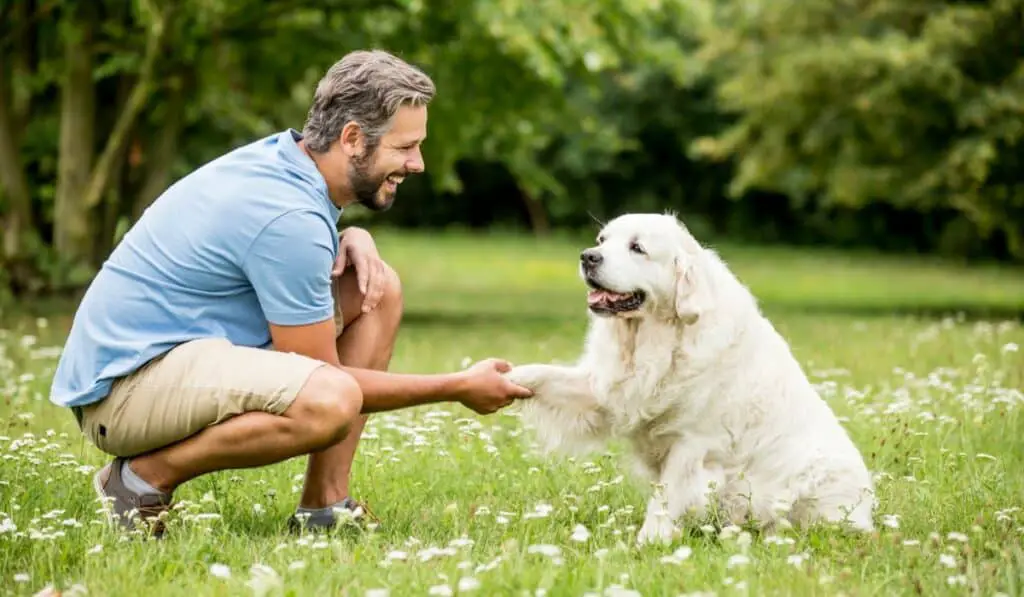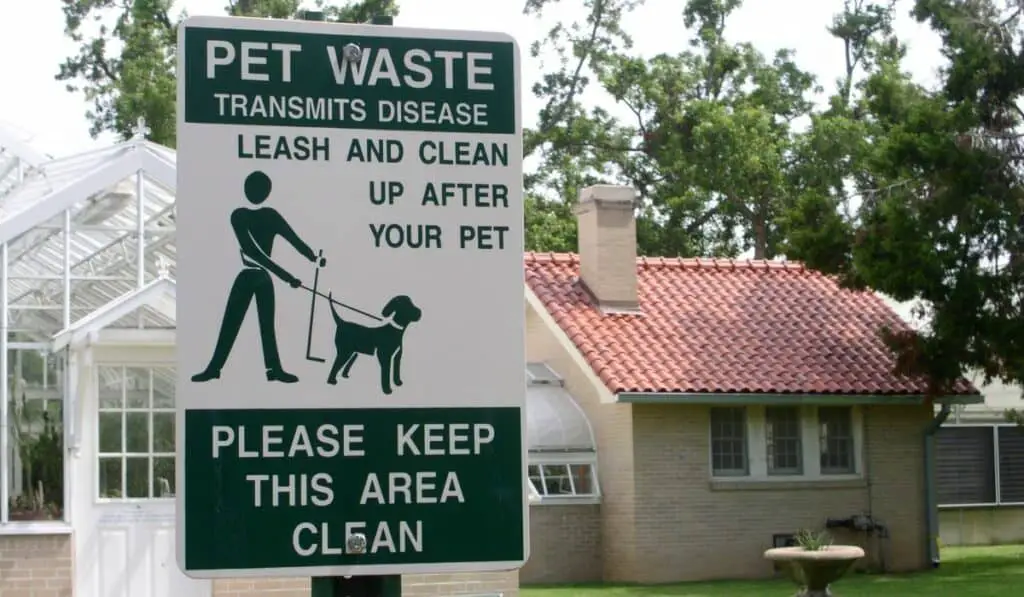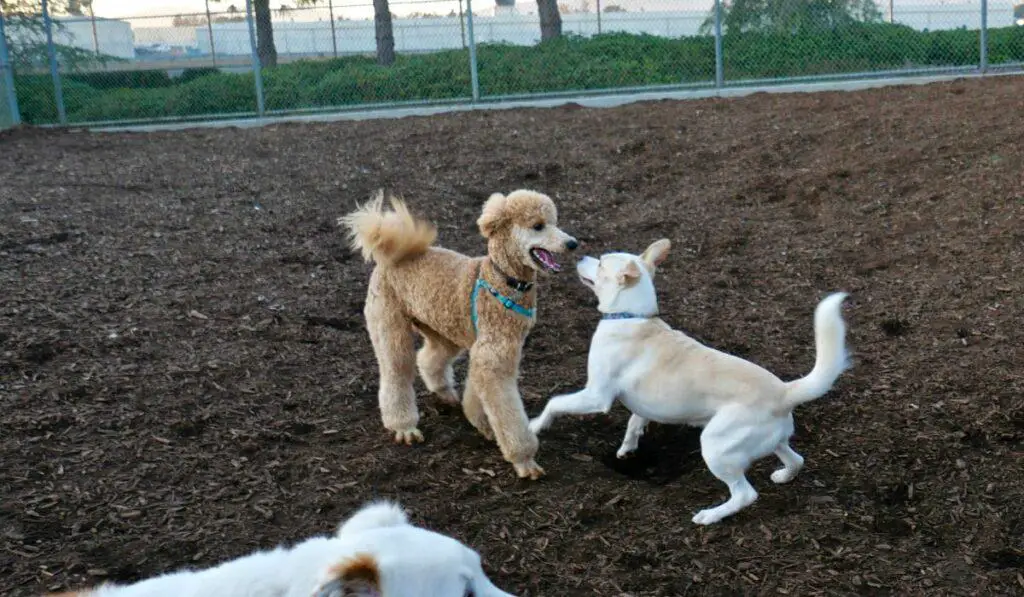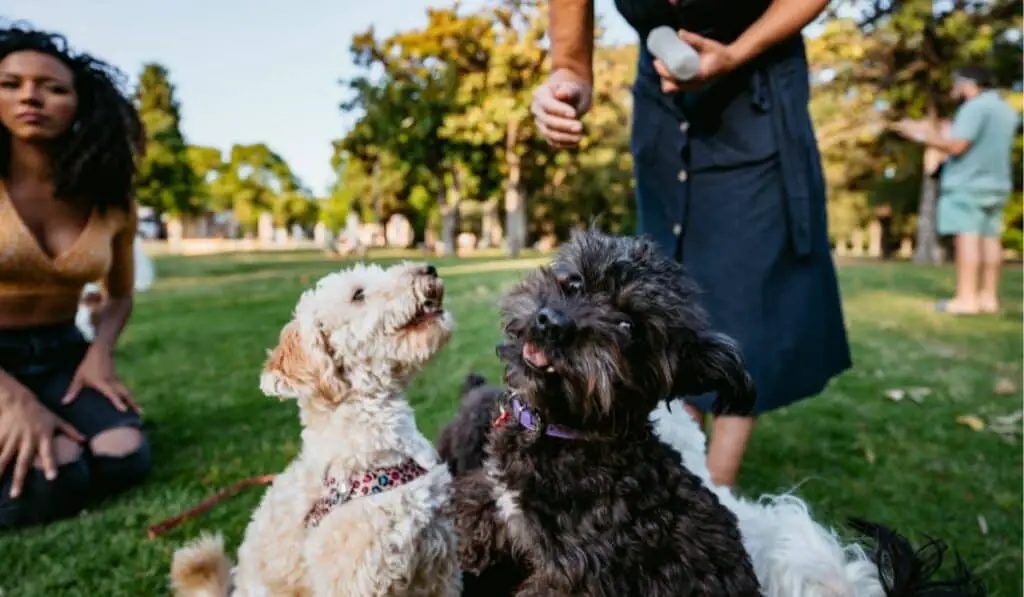A trip to the dog park is unquestionably a joyous and exciting time for dog parents and their furry companions. It’s a place that offers a great opportunity for bonding, socializing, and burning out that extra energy their pets have in them.
However, all fun comes with a responsibility. To guarantee everyone has a great time, it’s crucial to grasp and adhere to proper dog park etiquette. Equally important is to familiarize yourself with the rules and regulations of the dog park you plan to visit.
By embracing these etiquette guidelines, you set the stage for a safe, enjoyable, and memorable outing for you and your canine companion at the dog park.
What Are The Proper Etiquette At Dog Park
Assess The Dog Park
Consider visiting alone before bringing your dog to the dog park for the first time. Take a stroll at the park, observe the visitors (both human and canine), and familiarize yourself with the surroundings. Also, remember to look out for any other openings where your dog may slip through.

Avoid Peak Hour
For a new park visitor, it’s advisable to go when the park is less crowded. This allows your dog to get acquainted with the surroundings at its own pace without distractions from other guests. As such, you can help your dog gradually build confidence and reduce any potential anxiety about the park.
Obey Park Rules
Your dog might be smart, but alas, it can’t read. Thus, it’s your duty to read and follow all the posted rules at the park. Some standard park rules include cleaning up after your pet, visiting the park only when you can keep your dog in line, keeping sick dogs at home, and so on. Additionally, be aware that some areas may be designated for off-leash play while others may require dogs to be leashed.
Assess Your Dog’s Social Skills
Dog parks offer excitement but also present challenges. Thus, your dog must have the capability to handle any unexpected situation. Measure their social skills through controlled interactions with other dogs.

Look out for reactive signs like barking or growling, which may indicate low readiness for a park setting. Additionally, overexcitement is a problem, as it could provoke reactions from other dogs, leading to conflict. If your dog is shy, it’s best to delay the park visit until they’re ready to avoid adding unwanted stress.
Beware Of The Age Restrictions
Certain parks enforce age restrictions on puppies, and there are good reasons for this. Puppies under four months old typically haven’t completed their vaccinations, putting them at risk of contracting illnesses from other dogs. Besides, smaller puppies are more vulnerable to getting injured, even unintentionally, by larger dogs.
Furthermore, young puppies are still learning social skills. Being in a park with many unfamiliar people and dogs can be overwhelming and stressful for them. Overall, age restrictions aim to prioritize young puppies’ health, safety, and well-being.
Bring Only Essential
Bringing toys and treats to the park is perfectly fine; just don’t go overboard on the quantity. Excessive toys and treats can cause unnecessary tension with other park patrons. Instead, bring essentials like bottled water and a collapsible water bowl to keep your dog hydrated. This is especially useful when there aren’t dog-friendly fountains around the park.

Additionally, although sharing is caring, never give treats to other canines without their owners’ consent. Some dogs may have dietary restrictions or allergies, and giving treats without permission could trigger their underlying health issues.
Keep Eyes On Your Dog
Always keep an eye on your dog at the dog park and be vigilant about the surroundings. While most dogs enjoy playing with each other, sometimes the play may turn aggressive. Thus, being fully present allows you to immediately intervene before it escalates into an ugly incident.
Having said that, it’s crucial that your dog can follow basic verbal commands such as “sit” or “come”, especially when they’re in a stimulating environment. In addition, remember to bring a leash with you (even if it’s an off-leash park) to control your dog when needed.
Beware Of Your Dog Health
If your dog is sick or injured, it’s best to avoid bringing them to the park until they fully recover. Doing so protects your dog’s health and prevents the risk of spreading illnesses like kennel cough or fleas to other dogs.
Additionally, it is crucial to keep female dogs at home while they’re in heat. Their presence in the park can lead to fights and distractions for other dogs, as well as the possibility of pregnancies. Spaying or neutering your dog helps mitigate these issues and ensures a safer and more enjoyable park experience for everyone involved.
Clean Up After Your Dog
Cleaning up after your dog in the park is not only polite but also essential for the well-being of fellow park users. It prevents disease spread and avoids potential fines imposed by some cities for neglecting this duty. Failure to clean up may even lead to being banned from the park.

Thankfully, most dog parks offer plastic bags and scoopers for your convenience. Make sure to use them to uphold cleanliness and create a pleasant environment for all visitors.
Leave Children Or Non-Dog Animals At Home
Dog parks are primarily designed for dogs to socialize and exercise off-leash. Bringing young children or non-dog animals into such an environment can pose safety risks. Dogs may unintentionally knock over or jump on small children or other animals, leading to accidents or injuries.
Similarly, non-dog animals may provoke or frighten dogs, potentially causing aggressive reactions. Instead, utilize designated park areas for children to play safely from off-leash dogs. This promotes responsible ownership and ensures a positive experience for all park visitors.

Get the 7 Biggest Training Mistakes free report!
Types of Dog Parks
Dog parks come in various types, each catering to the different needs and preferences of dog owners and their pets. Here are some common types of dog parks:
1. Traditional Off-Leash Dog Parks
These are fenced-in areas specifically designed for dogs to run, play, and socialize off-leash. They often feature amenities such as open fields, walking paths, agility equipment, and water stations. These parks are great for dogs who enjoy off-leash exercise and interaction with other dogs.

2. Small Dog Parks
Small dog parks are similar to traditional off-leash parks but are specifically designed for smaller breeds or dogs with timid temperaments. These parks typically have lower fences and specialized play structures suitable for small dogs. They provide a safe environment for small dogs to play and socialize without feeling intimidated by larger breeds.
3. Mixed-Use Parks
Some parks are designated as mixed-use areas, allowing both dog owners and non-dog owners to enjoy the space together. These parks often include separate sections or designated times for off-leash dog activities, ensuring the safety and comfort of all park users.
4. Natural Parks
Natural dog parks are designed to blend into the surrounding landscape, featuring natural terrain, vegetation, and water features. These parks provide dogs with opportunities for exploration, sniffing, and engaging in natural behaviors like digging and swimming. They offer a more rustic and scenic environment for both dogs and their owners to enjoy.

5. Community Dog Parks
Community dog parks are often part of larger public parks or recreational areas. They serve as gathering places for dog owners and their pets to socialize while enjoying other park amenities such as walking trails, picnic areas, and playgrounds. These parks promote community engagement and provide a space for people to connect over their love of dogs.
6. Membership-Based Parks
Some dog parks operate on a membership basis, requiring owners to pay a fee to access the facilities. These parks often offer additional amenities such as grooming stations, training classes, and exclusive events for members. Membership-based parks may provide a more controlled and upscale environment for dogs and their owners.
Final Thoughts

Visiting a dog park offers a beautiful opportunity for you and your furry friend to enjoy outdoor fun and socialization. However, adhering to basic dog park etiquette is important to maximize this experience and ensure a harmonious environment for all park visitors.
By doing so, you contribute to a positive atmosphere where everyone can have a fantastic time. Remember, being a responsible and courteous dog owner sets a great example for others and helps create a welcoming community at the dog park. So, next time you visit, remember these etiquette guidelines and enjoy making happy memories with your canine companion at the dog park.
